“Like most young girls I did dancing (tap and jazz) at an early age. I completed the exams as far as I could. In New Zealand at that time, there was not much you could do with dancing, so I decided to become an aerobics instructor. I became a certified aerobics instructor at the age of 19. Although it was not dancing, it gave me the chance to be creative with warm up routines. I ended up teaching at Club Physical Gym, where I still am today. As an aerobics instructor, I learnt anything new that came about. I taught Step, Circuit classes, Tai Bo (kickboxing), did full-on Boxing as well (fully trained), New Body (movement with small hand weights), Flex or Pump (weight class with barbells), Sculpt (toning with hand weights), Slide (like step but using a slippery surface where you slide from side to side), Spin (on bikes), Pilates – pretty much everything that was available, I learnt it. I taught at the Gym part time and taught all types of classes, right up till my first child, at the age of 39. I had a bit of a break to look after my baby and started to get back into teaching about 6 months after giving birth. I noticed that I was getting more injuries from weight-bearing classes. Even though my form was good, my body was telling me that it didn’t like it. I didn’t listen to my body and continued with most of these classes. I did start to cut down on more high impact classes, but stuck with the weight-bearing ones, until my second child, at the age of 42.
After teaching Essentrics for 3 months, people would come up to me and say ‘you have lost so much weight’. I was shocked as I still weighed the same, BUT what had changed was the shape of my body. Yes, I was still the typical pear-shaped Kiwi, but I was standing taller and gave the illusion of lost weight. Plus, the type of eccentric training means the muscles are elongated, again making you appear thinner. I continued to teach Essentrics, along with a few barbell classes, when in 2013, I started to have major issues with my knee. I was diagnosed with osteoarthritis - from many years of doing weight-bearing exercises. Osteoarthritis is a degenerative disease, so it’s from ‘wear and tear’. I was told from the specialist to stop all weight-bearing classes and that I would be certainly looking at a knee replacement within the next few years. This led me to give up all classes apart from Essentrics. I was and still am determined NOT to have a knee replacement. The more I taught Essentrics, the more levels I did, the more exams I passed, the more I wanted to learn. In all my years of instructing, and previous examinations, I have learnt more about the anatomy through Essentrics. To this day, 4 years later, I still find myself learning more about the muscles in movement. I have learnt the more you move, the less pain your body is in. I have learnt that even when my knee is painful with the osteoarthritis, if I don’t keep moving and using it, it gets worse. So many people, as soon as they have a diagnosis, give up, they stop moving, when this is the worst thing they could do. I understand that my knee is likely to get worse, but I believe that through Essentrics I can avoid this operation.
2 Comments
Watch Wolpert's talk: Motion is lotion, not just for your muscles and joints, but also for your brain. Do you ever wonder why your brain feels cloudy when you've been immobile for a long period of time? Think about kids in school with their developing brains that have been told to sit still and learn. “Simple biology supports an obvious link between movement and learning. Oxygen is essential for brain function, and enhanced blood flow increases the amount of oxygen transported to the brain. Physical activity is a reliable way to increase blood flow, and hence oxygen, to the brain.” (2) The effects of movement throughout the school day result in “helping prepare the learner, control impulses, improve attention, lessen fatigue, lighten the mood and combat stress.” (3) It seems odd to talk about “movement breaks”, but that’s what they are when the children are regularly told to sit still and keep quiet during the lesson. On several occasions, my children have told me stories about classmates who were kept in for recess because they were disruptive during class time. Frankly, this consequence never made sense to me: they need more movement, not less movement: “Regularly-scheduled movement breaks throughout the day and movement used within and between lessons results in better-behaved, more engaged students who can more easily focus on and retain what they are supposed to be learning.” (4)
I started volunteering in my children’s school in 2011. By the second year of teaching Essentrics to the kids, I was visiting 6 different classes on a weekly basis. Schoolchildren aged 4 to 10 were doing Essentrics mini workouts wherever we could find space - in the hall, in the lunchroom, in the main lobby. One class worked with me to devise “airplane mode” - an Essentrics seated workout that you could do on an airplane, since some of them were about to take family trips. Two classes (grades 1-3) wrote testimonials to Essentrics/Classical Stretch creator Miranda Esmonde-White to thank her for creating the program and tell her what they liked best about it. Miranda came to meet the students, and brought along a film crew to record it. Here’s an excerpt from Oliver’s letter to Miranda (aged 7): “I like doing it because it can prevent injuries in hockey and other sports.” Said Ben (aged 8): “I love Classical Stretch because it helps make me stronger.” Here’s an excerpt from Matthew’s letter (aged 8): “I like Classical Stretch because it is good for your body. And it is really fun. And it makes your muscles feel better and makes you stronger.” The kids who were participating in my stretch classes loved the workouts, and they understood that what they were doing was good for their bodies. One kindergarten teacher wrote: “Through participation in [Amanda’s] programme of stretching, all children made gains in their balance, co-ordination, and ability to follow directions.” Children intuitively understand the importance of movement. As Japanese architect Takaharu Tezuka states: “Kids love to run in circles.”(5) Tezuka created a new kind of kindergarten class that works with children’s natural impulses - the roof is a giant ringed playground. What’s the result? These kindergarten students (aged 5 & 6) have the highest athletic ability among local kinder classes. And let’s face it, children are spending less time outside - be it during school time or home time. Athletic ability has been waning amongst elementary schoolchildren in recent years. An article in the UK’s Telegraph reported that children aged 5 to 11 lack basic physical literacy. Of 10,000 students, “67% were unable to reach targets in jumping, running, and throwing.” (6) It’s a phenomenon that’s not unique to the UK - children in Canada and the United States are lacking in the same areas of physical literacy. Essentrics was created to mimic the way we use our bodies in everyday life: we push, we pull, we reach, we twist, we lift, we throw, etc. And the circular movements in Essentrics have an intuitive feel to them - it just feels like the right way to move your body. That’s why children respond so well to this workout. When you’re limited by time, space, or weather (remember those -30 degree days?!), Essentrics at school (aka “Classroom Stretch”) works wonders for schoolchildren: improving flexibility, endurance, stamina, coordination, and balance. Not to mention the fact that they’re more prepared to learn when they get back to the lesson. Want to know more? Email me ([email protected]) about Essentrics for your child’s school. References:
1. http://www.ted.com/talks/daniel_wolpert_the_real_reason_for_brains 2.http://www.ascd.org/publications/books/104013/chapters/Movement-and-Learning.aspx 3. http://www.montessorisociety.org.uk/article/can-learning-be-enhanced-movement 4. http://www.creativitypost.com/education/the_benefits_of_movement_in_schools 5. http://www.upworthy.com/a-new-kind-of-kindergarten-design-encourages-kids-to-be-their-silly-selves?c=ufb1 6. http://www.telegraph.co.uk/news/health/children/11552738/Jumping-running-and-throwing-can-your-kids-do-these-challenges.html |
Categories
All
Archives
July 2024
AuthorAmanda Sterczyk is an international author, Certified Personal Trainer (ACSM), an Exercise is Medicine Canada (EIMC) Fitness Professional, and a Certified Essentrics® Instructor. |

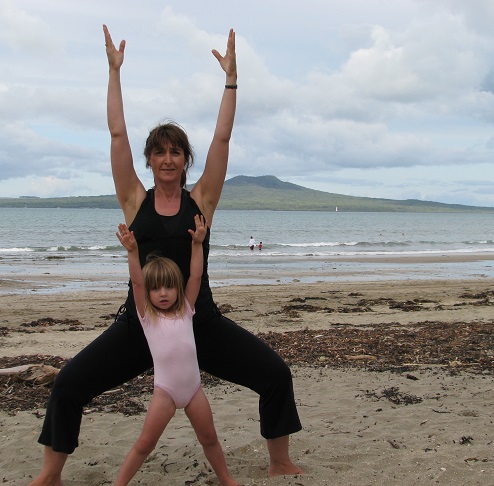
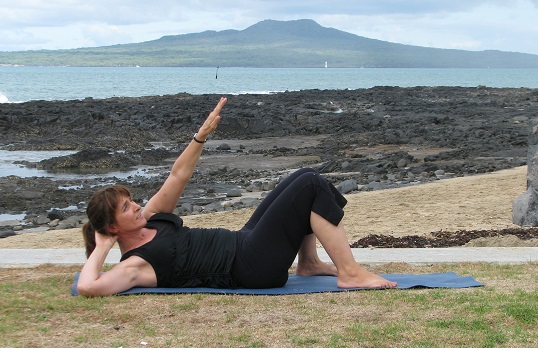
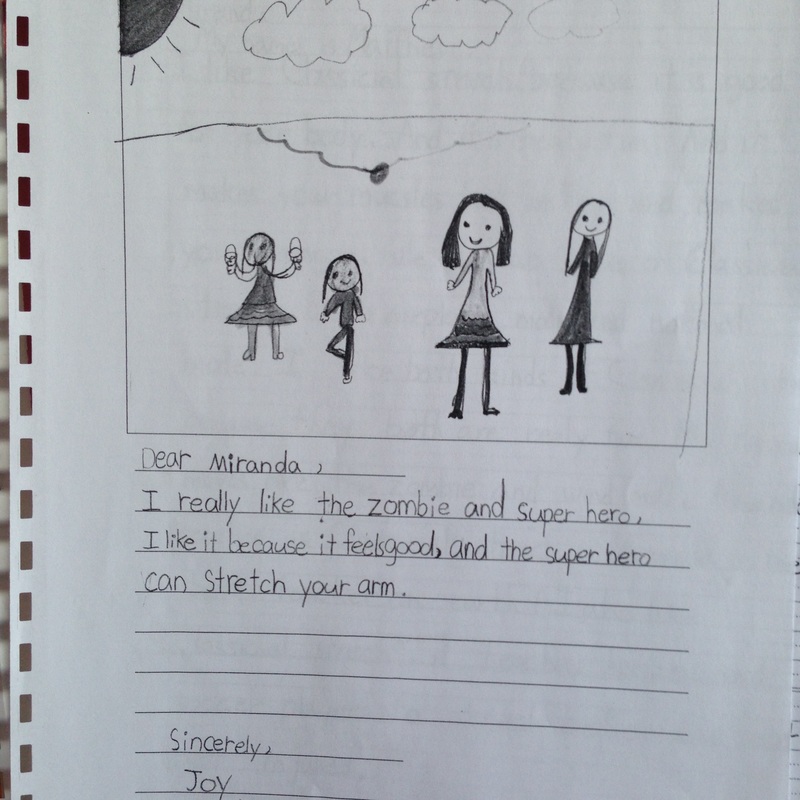
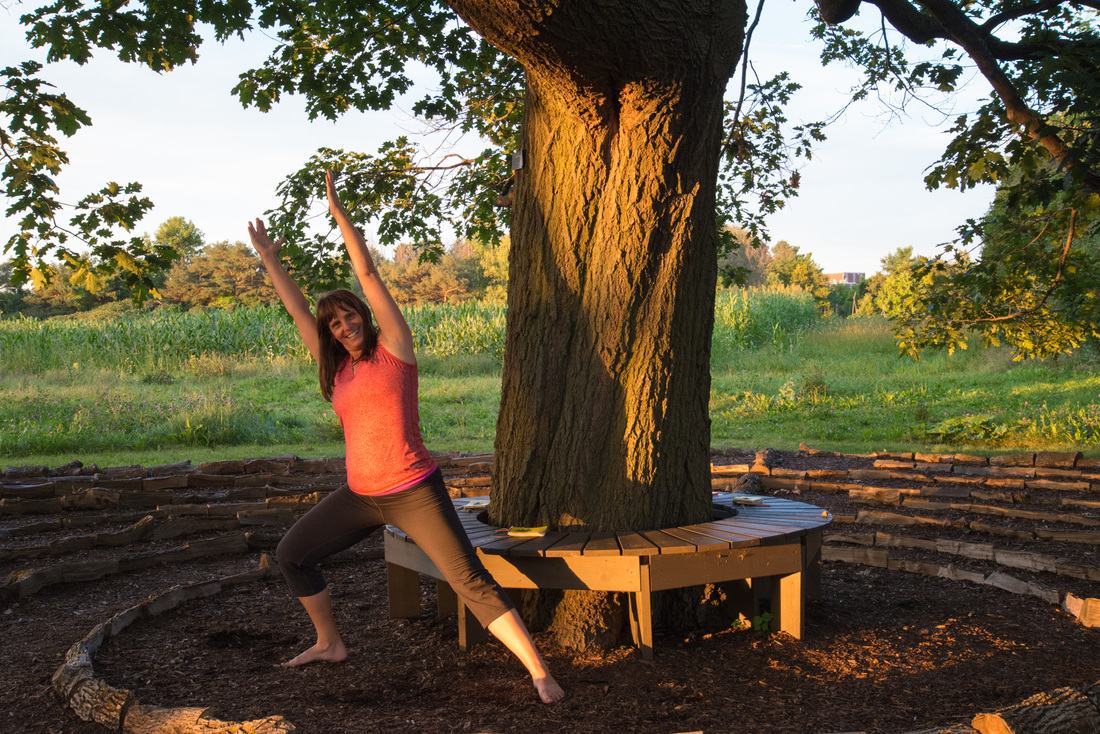
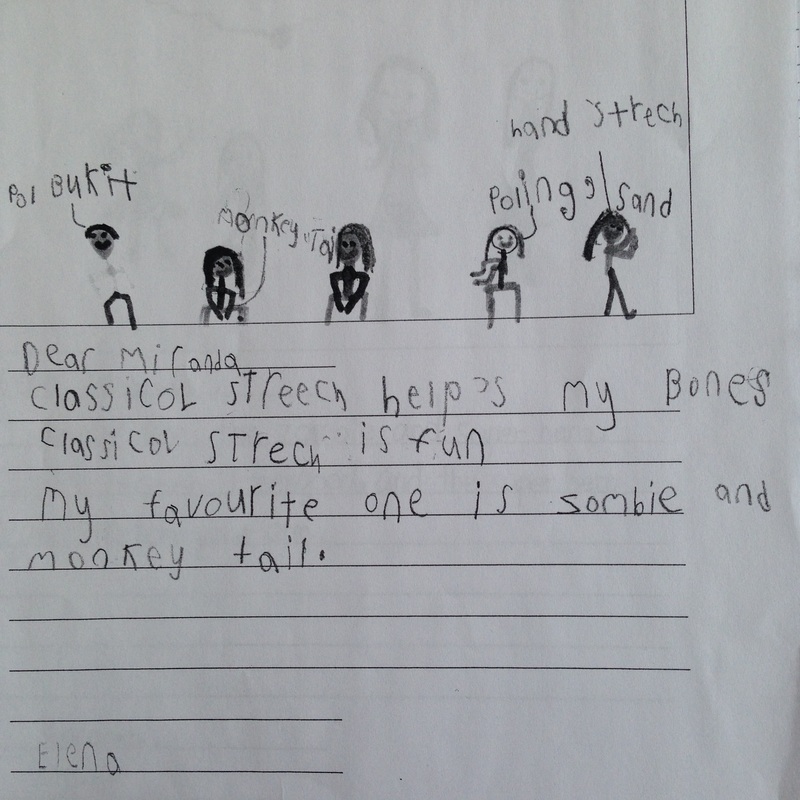
 RSS Feed
RSS Feed